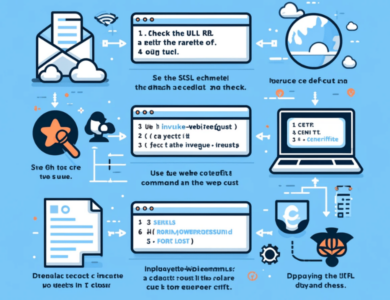ScoreCard: A Tool for Performance Management
A ScoreCard is an instrumental tool utilized in performance management processes, aiding organizations in measuring, monitoring, and managing their performance to achieve strategic objectives. It typically focuses on specific targets, projects, or business processes, built around key performance indicators (KPIs) that signify success in these areas. A ScoreCard can comprise both financial and non-financial data, usually encapsulating four primary perspectives: financial, customer, business processes, and learning & growth.
The use of a ScoreCard enables managers and teams to see the connection between corporate strategy and day-to-day operations, allowing them to understand the progress made towards crucial objectives and, when necessary, implement corrective actions.
Process of Creating a ScoreCard
- Reviewing Strategic Objectives: Setting goals aligned with the business’s overall strategy.
- Determining Performance Indicators: Selecting indicators that will measure progress towards these objectives.
- Monitoring and Evaluation: Regularly monitoring and evaluating performance.
Applications of ScoreCards
ScoreCards provide a comprehensive assessment in strategic planning and performance management processes.
ScoreCard Advantages
- Bridges Strategy and Implementation: Helps align the organization’s overall strategy with individual and team objectives.
- Measures and Monitors Performance: Continuously measures and monitors performance against set KPIs and objectives.
- Supports Decision-Making Processes: Contributes to data-driven decision-making processes, enabling businesses to make more informed choices.
- Encourages Corrective Actions: Facilitates timely corrective actions when deviations from targets occur.
ScoreCard Disadvantages
- Implementation and Maintenance Costs: Establishing and maintaining an effective ScoreCard system requires time and resources.
- Dependence on Data Quality: The quality of decisions depends on the accuracy and currency of the data used.
- Reduced Flexibility: In some cases, focusing strictly on specific KPIs can decrease an organization’s flexibility and capacity for innovation.




